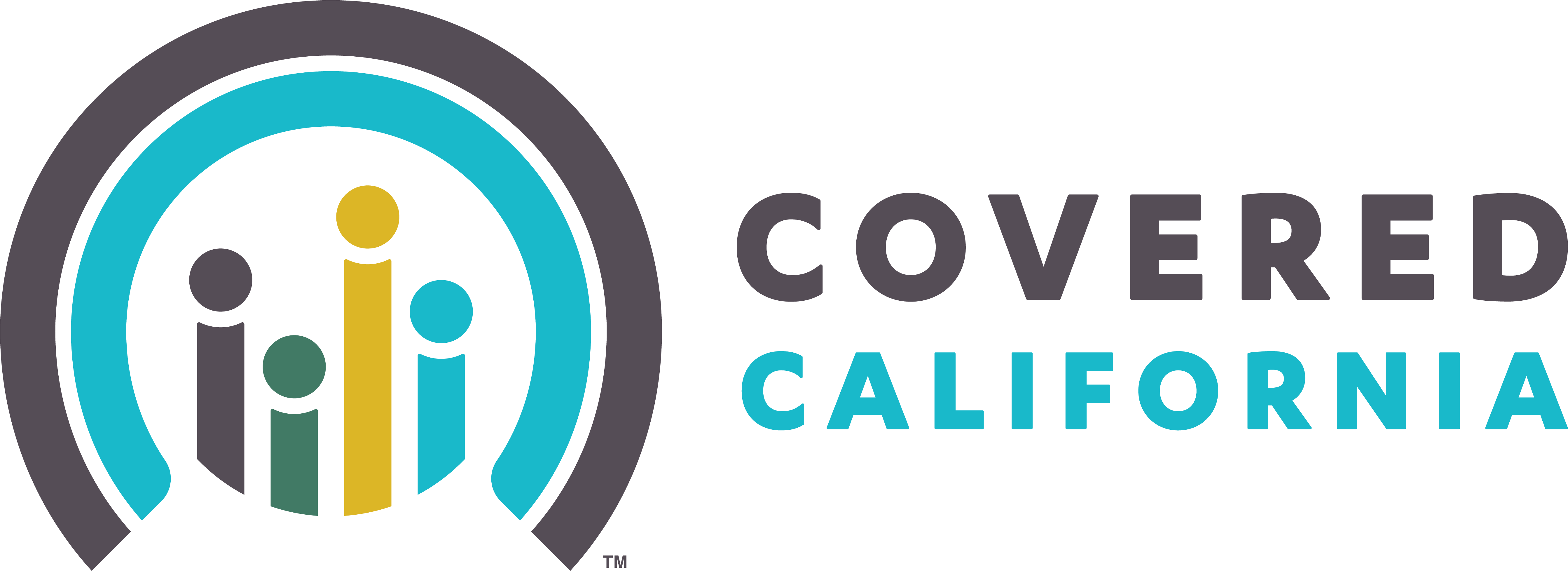What is Minimum Essential Coverage?
Minimum Essential Coverage (MEC) is a type of health insurance that meets the standards set by the Affordable Care Act (ACA). This coverage includes essential health benefits like doctor visits, hospital care, prescription drugs, preventive services, and more.
Essential Health Benefits
Plans that qualify as MEC must cover these 10 essential health benefit categories:
- Ambulatory patient services (outpatient care)
- Emergency services
- Hospitalization
- Maternity and newborn care
- Mental health and substance use disorder services
- Prescription drugs
- Rehabilitative services and devices
- Laboratory services
- Preventive and wellness services
- Pediatric services (including dental and vision)
Having MEC is important not only for your health protection but also for avoiding tax penalties and determining eligibility for health insurance subsidies.
